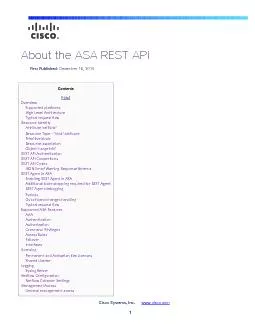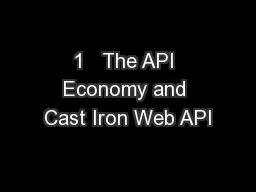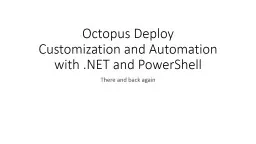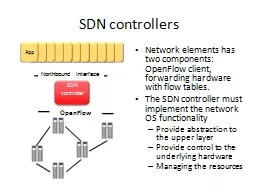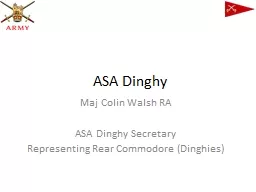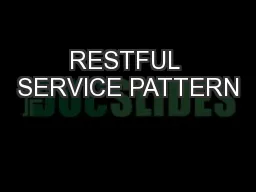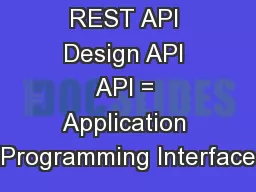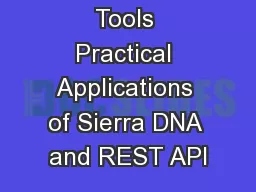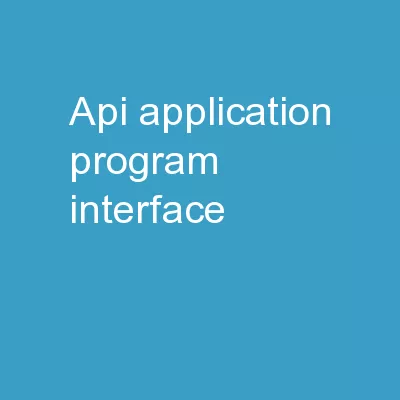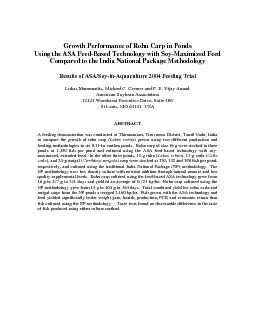PDF-the ASA REST API
Author : test | Published Date : 2015-10-11
About Overview Monitoring NAT ObjectNAT AutoNAT TwiceNAT Manual NAT Objects Routing Service Policy VPN Special APIs Bulk API Generic CLI Command Executer API Limitations RESTAPI
Presentation Embed Code
Download Presentation
Download Presentation The PPT/PDF document "the ASA REST API" is the property of its rightful owner. Permission is granted to download and print the materials on this website for personal, non-commercial use only, and to display it on your personal computer provided you do not modify the materials and that you retain all copyright notices contained in the materials. By downloading content from our website, you accept the terms of this agreement.
the ASA REST API: Transcript
Download Rules Of Document
"the ASA REST API"The content belongs to its owner. You may download and print it for personal use, without modification, and keep all copyright notices. By downloading, you agree to these terms.
Related Documents

